The idea of retiring early is something that many people dream about, but for most, it feels like a far-off fantasy. Enter the FIRE movement—an acronym for “Financial Independence, Retire Early”—a rapidly growing lifestyle trend that aims to make that dream a reality. The basic concept is simple: save and invest aggressively in your early years so that you can stop working and enjoy financial freedom well before the traditional retirement age. But is it truly possible for most people? Let’s explore what FIRE entails, how it works, and whether it can help you retire early.
What is the FIRE Movement?
FIRE originated from the idea that by living frugally and making strategic investments, people can accumulate enough wealth to achieve financial independence, often within a few decades of starting their careers. The core principles involve:
- Aggressive Saving: Most FIRE enthusiasts aim to save 50-70% of their income. This contrasts with the typical personal finance advice of saving 10-20% of your earnings.
- Frugality: The lifestyle encourages minimalism and cutting non-essential expenses to maximize savings. It often means making sacrifices, like living in a smaller home, driving a used car, or foregoing luxury vacations.
- Investing Wisely: To build wealth rapidly, FIRE followers invest their savings, typically in low-cost index funds, real estate, or other long-term vehicles that can provide a reliable return.
- Financial Independence (FI): The goal is to accumulate enough assets to generate passive income—ideally through dividends, interest, or rental properties—so that you no longer need to rely on a paycheck.
- Retiring Early (RE): Once you’ve achieved financial independence, you can decide whether to continue working, shift to a less demanding or passion-driven job, or stop working altogether.
How Much Do You Need for FIRE?

The typical rule of thumb in the FIRE community is based on the “4% rule.” This rule suggests that if you can live off 4% of your investment portfolio each year, you have enough to retire. For example, if you need $40,000 a year to live, you’d aim to save $1 million. This assumption comes from historical data showing that, on average, withdrawing 4% annually from a well-diversified portfolio should allow your money to last 30 years or more.
Variations of FIRE
The FIRE movement has evolved into several subcultures, each adapting the basic principles to different lifestyles:
- Lean FIRE: This is the most extreme version, where individuals aim to live a minimalist lifestyle on a very low budget—sometimes as little as $20,000 to $30,000 annually.
- Fat FIRE: This version is for those who want to retire early but maintain a more comfortable or even luxurious lifestyle, requiring higher savings and investments.
- Barista FIRE: Some choose a middle ground, achieving financial independence but continuing to work part-time or in lower-stress jobs to cover expenses while their investments grow.
- Coast FIRE: Here, people save aggressively early in their careers, then “coast” on their savings and investments, contributing less to their retirement accounts as they approach traditional retirement age.
Is Retiring Early Really Possible?
Yes, it is possible to retire early through the FIRE movement, but there are some important factors to consider:
1. Income and Savings Rate
Your ability to follow the FIRE model depends largely on how much you earn and how much you can save. High-income earners naturally have an advantage because they can save more while still maintaining a comfortable lifestyle. However, people with more modest incomes may find it challenging to save the 50-70% often recommended by FIRE advocates.
2. Frugality and Sacrifices
FIRE is often about making tough lifestyle choices. Not everyone is willing to downsize their home, skip out on vacations, or drive the same car for 10 years. The movement requires a strong commitment to financial discipline and delayed gratification, which can feel restrictive for some people.
3. Market Risks
FIRE is based on the assumption that investments will grow consistently over time. However, markets are unpredictable. A sudden downturn in the economy or a prolonged recession could deplete savings faster than anticipated. This is why some FIRE followers build a cushion by saving more than they think they’ll need or diversifying into multiple income streams.
4. Healthcare and Emergencies
Health insurance and unexpected medical expenses are significant concerns, particularly in countries without robust public healthcare. Retiring early means losing employer-sponsored insurance, and health costs can eat into savings rapidly, so planning for this is crucial.
5. Social Considerations
The pursuit of financial independence can sometimes come at a cost to personal relationships and social life. FIRE devotees may find themselves isolated from friends or family who don’t share the same frugal values, or they may miss out on life experiences because of their savings goals.
The Psychological Aspect of Retiring Early
Another aspect of early retirement is the psychological shift. Work often provides a sense of identity, structure, and purpose. Some early retirees report struggling with feelings of boredom or lack of direction after achieving FIRE. To counteract this, many in the movement focus not just on retiring from a job but on pursuing passions, hobbies, or meaningful projects during their post-work life.
Can Anyone Do It?
The FIRE movement is a powerful concept, but it’s not for everyone. High earners who are disciplined savers and willing to make sacrifices have a much higher chance of succeeding in retiring early. However, even those who can’t fully achieve early retirement can benefit from the core principles of FIRE. Living frugally, saving more, and investing wisely can lead to greater financial security, even if full financial independence isn’t achieved until a more traditional retirement age.
Conclusion
The FIRE movement presents a radical but achievable path to financial independence and early retirement for those who are determined to live below their means and save aggressively. While not without challenges and risks, FIRE offers an appealing alternative to the traditional career path, emphasizing freedom, flexibility, and the pursuit of personal goals. Whether or not you can realistically retire early depends on your income, lifestyle choices, and commitment to the principles of financial discipline. But even for those who don’t fully embrace FIRE, its principles can lead to more financial freedom and security in the long run.
Further reading on the subject:
- https://iqoptions.eu/managing-your-portfolio-during-economic-crises/
- https://en.wikipedia.org/wiki/FIRE_movement
- https://www.thetimes.com/money-mentor/pensions-retirement/private-pension/how-to-retire-early-the-fire-method




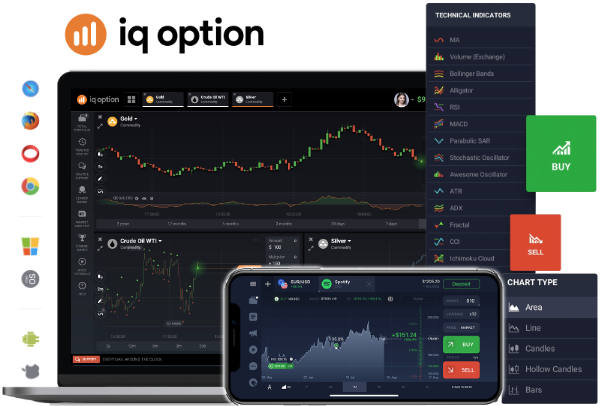







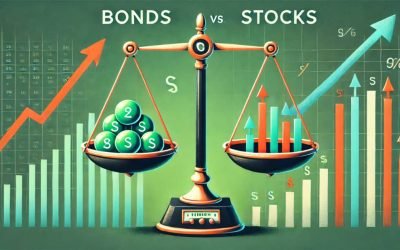

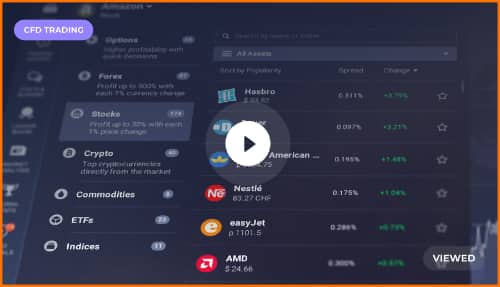 How to trade CFD? (00:49)
How to trade CFD? (00:49)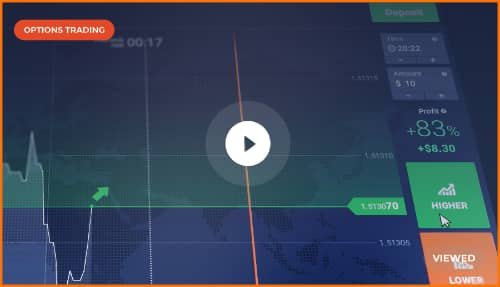 How to trade binary options*? (01:22)
How to trade binary options*? (01:22)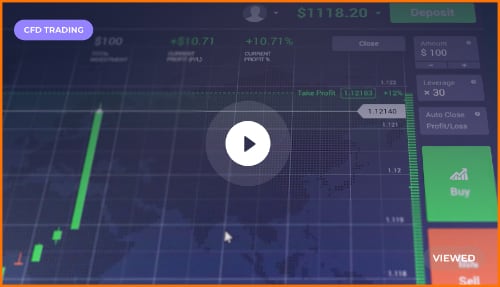 Forex. How to start? (01:01)
Forex. How to start? (01:01)